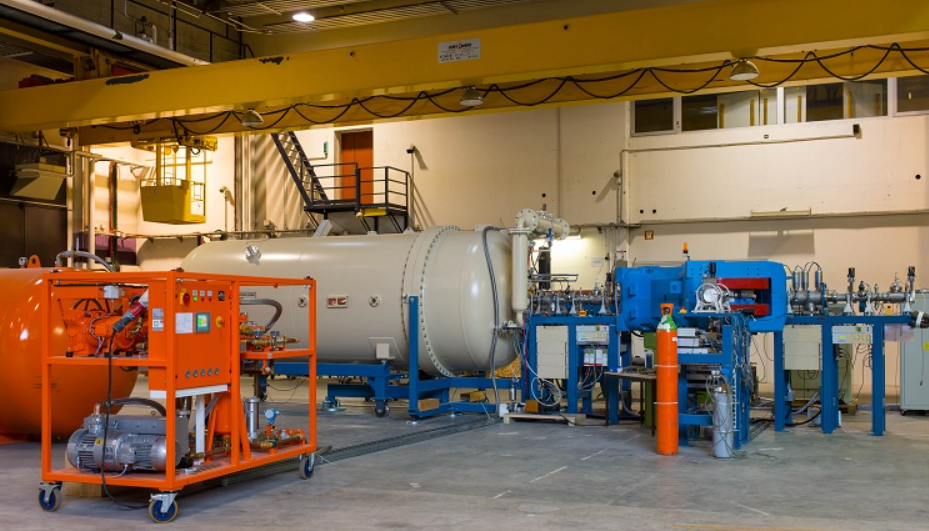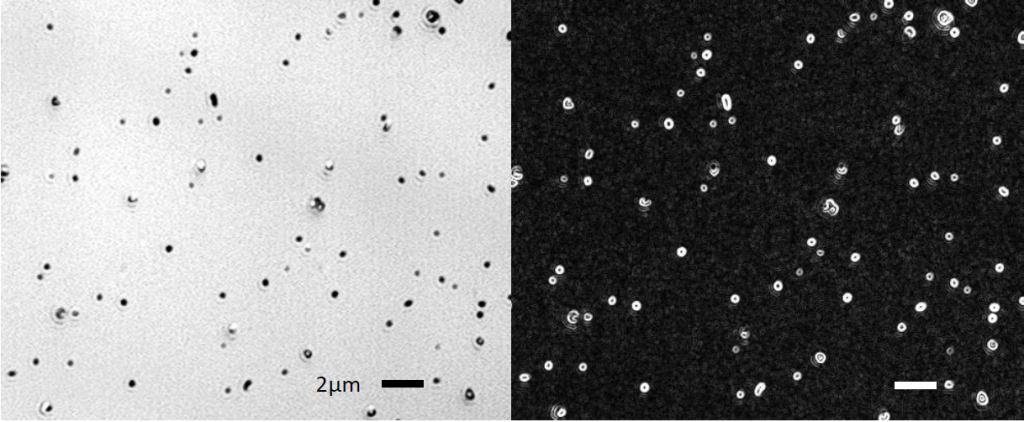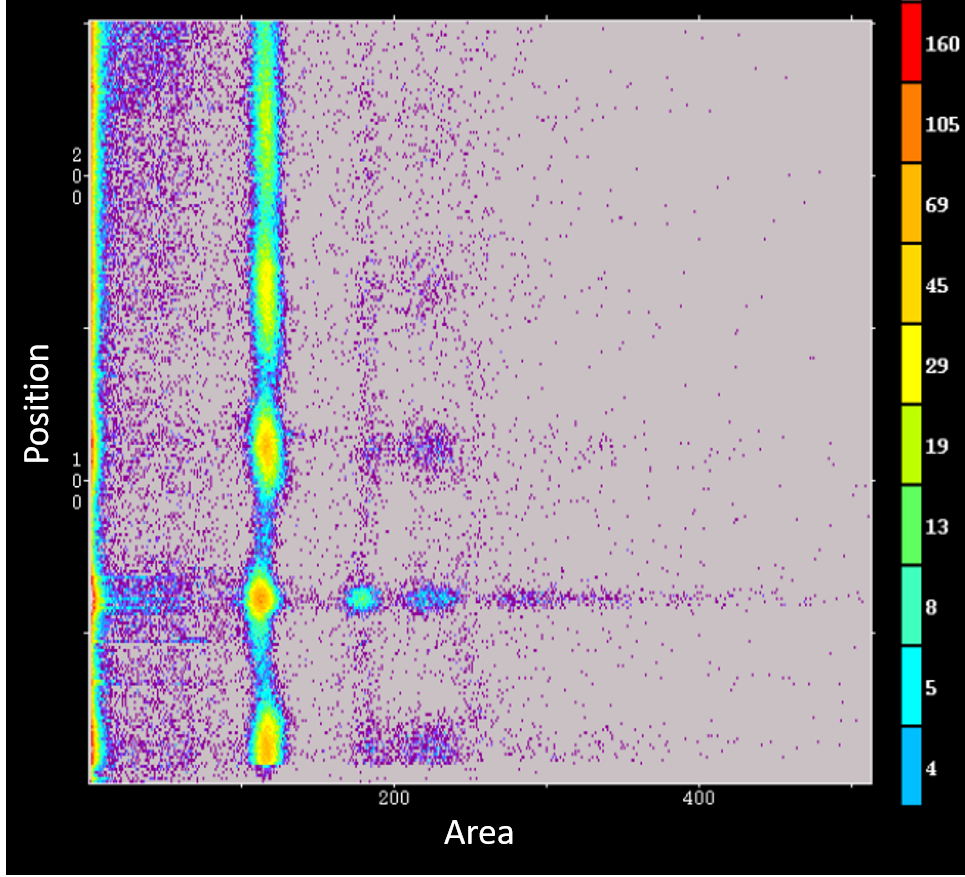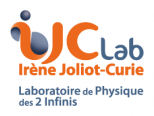Particle-matter interaction is an important multidisciplinary research developed within the Nuclear Pole. This research mainly uses the Andromède platform and is carried out in collaboration with national teams, in particular from the University of Paris-Saclay, as well as international.
The objectives are multiple, because they cover the science of accelerators, chemistry, biology, astrochemistry and heritage sciences, around a fundamental component focused on the understanding of energy deposited in matter by energetic particles. One of the peculiarities of these studies is the size of the “targets”, which are intricate, nanometric to micrometric objects belonging to the mineral and biological domains. The second particularity is the complementarity of the two teams which have developed two experimental stations on the two lines currently available: one uses multicharged atomic ions to interact with a jet of nanoparticles and the second uses gold nanoparticles as a projectile to study all types of surfaces and perform ionic imaging.
The activity of the two teams takes place through two components:
Physis/ Andromède
This scientific activity is based around the Andromède platform and its nanoparticle beams. Alongside fundamental studies of emission mechanisms, the group’s other activities are developed within multidisciplinary collaborations, particularly within the Andromède Consortium, around astrochemistry, biology and “accelerator techniques”. More information can be found on the platform’s website.

NanoCR
The NIM team recently started the development of an experimental device, NanoCR, to study how the desorption process under cosmic radiation evolves with the size of dust. This activity is carried out in collaboration with two other Paris-Saclay laboratories (ISMO-CNRS and NIMBE-CEA). The device is based on an aerodynamic lens producing nanoparticle beams and the Andromède accelerator producing ions, in this experiment considered to be the target. Around the crossing point is placed a detection of the electrons and ions produced. The residue is sorted by electrostatic analysis and collected on a plate for off-line observation under microscope.

in diameter before (left panel) and after treatment (right panel)







